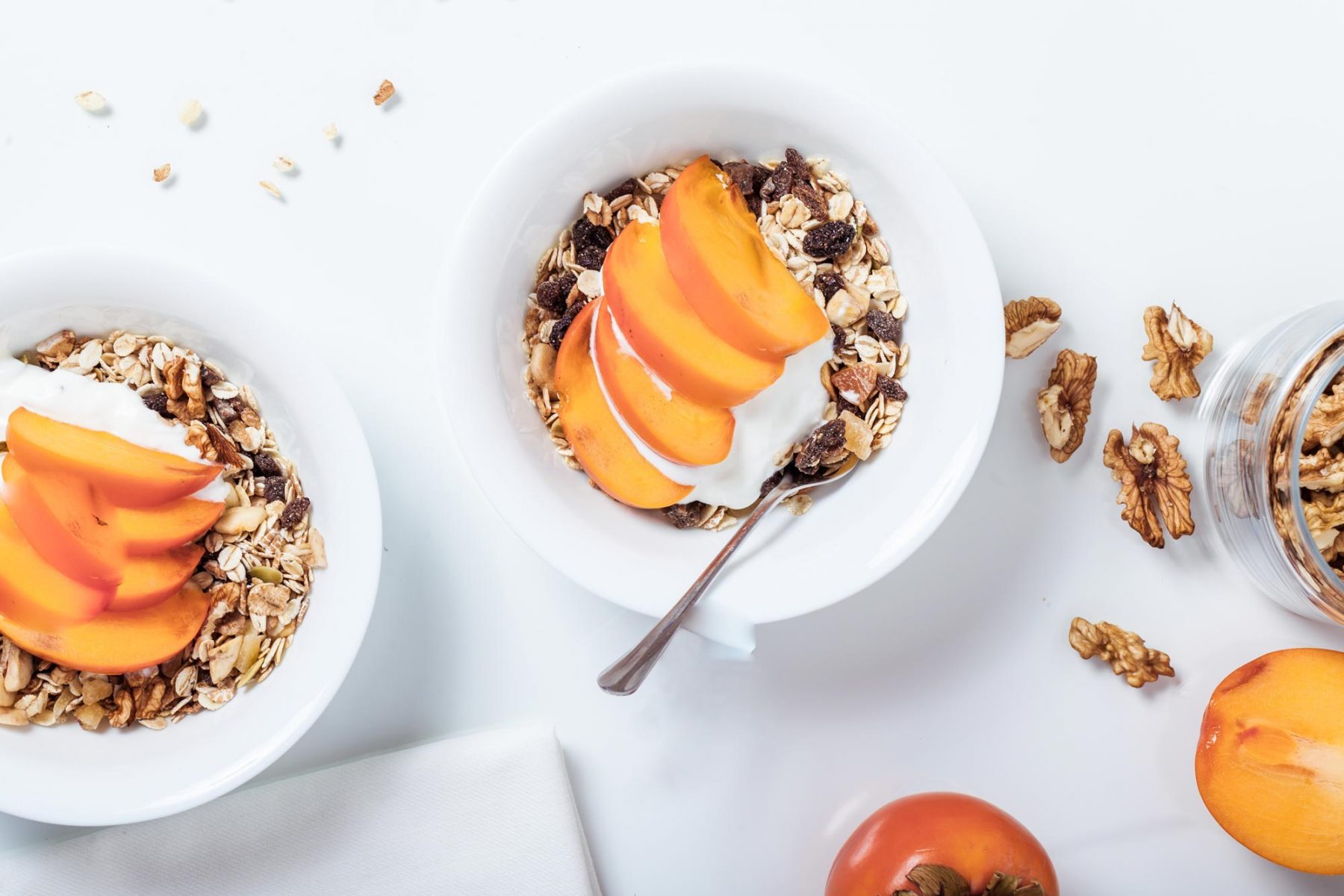With the legalization of cannabis (Cannabis sativa) in Canada last October, there has been an explosion in interest around the medical benefits of a herb that was previously regarded (and still is in many countries and cultures) solely as a recreational drug. THC, or tetrahydrocannabinol is the psychoactive compound in cannabis most associated with getting high. While CBD, or cannabidiol, is more commonly regarded as a medicinal compound for a wide range of ailments. CBD is serving to raise the profile of cannabis from “street drug” to “wonder drug”. But is it worthy of all the hype? Are the effects of THC entirely non-medicinal? What has the research shown us about Cannabis sativa to date?
A quick internet search indicates that CBD could be the panacea for all our culture’s woes, able to treat everything from acne to anxiety, pain to Parkinson’s, as well as easing nausea in chemotherapy patients and reducing seizures that are unresponsive to other medications.
But how accurate are the claims?
Cannabinoids 101
There are three primary classifications for cannabinoids:
- Endocannabioids which we make ourselves in the endocannabinoid system of our body
- Phytocannabinoids which come from plants (“phyto” = “plant”)
- Synthetic cannabinoids
Endocannabinoids parallel phytocannabinoids in a similar manner to how endorphins parallel opiates. But where opiates, used medically or recreationally, and endorphins modulate pain, cannabinoids used medically or recreationally, modulate various actions in the nerves, the immune system, the heart, digestive system, and the endocrine (hormone) system.
To date, more than 85 cannabinoids have been identified with THC and CBD being the most famous and well-studied. Also, within Cannabis sativa are compounds such as terpenes, flavonoids, and other phytochemicals whose action on our physiology, or whose roles in augmenting or modulating the effects of cannabinoids has yet to be determined.
The Endocannabinoid System
What we do know is that the endocannabinoid system (eCB for short) is made up of several enzymes that produce the endocannabinoids, enzymes that break them down, and receptors for them throughout the body. There are a few types of receptors and they are distributed in various tissues [CB1 in the brain, heart, and digestive tracts, and CB2 in the immune system for those of you who are interested]. The roles of eCB system are summarized as “relax, eat, sleep, forget, protect” – all of which are important elements in healthy development and daily existence.
Relax
A pervasive element to the modern Western lifestyle is the excessive amount of busy-ness. Ask a friend, colleague, or acquaintance how they are these days and far too often the answer will be “Busy, busy, busy”. We wear our busyness like a badge of honour to avoid the stigma of laziness that may come with prioritizing relaxation, self-care, and downtime. Sure, CBD may be helpful for anxiety, but we need a paradigm shift in our collective “busy or bust” attitude first!

Eat
The necessity of eating shouldn’t need much of an explanation. We need fuel from food. Not just calories but micronutrients that feed our deep cellular biochemistry too. Nausea or a lack of appetite can be a helpful protective mechanism in the short-term while the body deals with an infection or finishes digesting the last meal, but if it’s chronic then the body will ultimately end up starved of some key requirements for life.

Sleep
Likewise, a discussion on the importance of sleep should be old news! Sleep is not a luxury or a sign of sloth but an essential time for the body and mind to process what was ingested (food and ideas) during the waking hours. Sleep allows for a strong body and a relaxed mind so that we can be at our personal bests.
Some people need to give themselves permission to go to bed earlier and wake later to increase their sleep. Others struggle with either falling asleep or staying asleep, or both! Insomnia is an issue to deal with quickly and consistently for optimal health. Sleep is really a non-negotiable.

Forget
Really? In this overwhelming age of information when we’re trying to absorb as much of the deluge of newly emerging facts as possible we have a system in place to ensure that we forget? Yes! It’s precisely because our nervous system takes in so much information that we need to selectively keep some details and release various others. If I asked you what you ate for lunch on this date 3 years ago you probably don’t remember (unless it was a special occasion, or you eat the same thing every day). What about the outfit that you wore to the first day of school in 5th grade? Forgetting is important as it frees up brain space for new information that may be more relevant to our survival.

Protect
Endocannabinoids binding to the CB2 receptors on various immune cells can help to regulate inflammation and modulate the immune response. Cannabinoids have also demonstrated some neuroprotective properties through their ability to prevent, treat, and/or slow the progression of various neurological disorders (including Parkinson’s disease, migraines, and seizure disorders).
Endocannabinoid System Health
The “tone” or health of our eCB has direct implications on our mental and physical health, so much so that an under-functioning eCB, deemed “clinical endocannabinoid deficiency syndrome” or CEDS has been hypothesized as a contributing factor in migraines, fibromyalgia, and irritable bowel syndrome (IBS) as well as Parkinson’s disease, Multiple Sclerosis, and depression. Perhaps this is why some of these disorders are potential targets for treatment by some plant-based cannabinoids?
But wait! Research has gone even farther and found that there are other herbs, treatments, and lifestyle choices that can positively or negatively impact our eCB tone. One herb found to contain compounds that interact with our eCB is hops (Humulus lupulus), which is also in the Cannabaceae family. Some people may have personal experiences with beer in which they felt more relaxed while drinking it, slept well after consumption, and perhaps forgot a few elements of the night upon rising the next day. Other herbs with compounds that interact with our eCB include kava (Piper methysticum), a wonderful herb for reducing anxiety, Echinacea species that influence our immune function, and turmeric (Curcuma longa), a potent and well-studied anti-inflammatory.
Other considerations for improving eCB tone include anti-inflammatory omega 3 fatty acids, namely EPA and DHA as they appear to regulate the eCB system, while excessive amounts of pro-inflammatory arachidonic acid may decrease the number of eCB receptors. Chronic stress has also been shown to decrease the efficacy and function of the eCB!

Phytocannabinoids
As mentioned, there are over 85 cannabinoids from plants that have been identified to date. THC was discovered first and as such has received the bulk of the research. CBD was discovered a few years later and is now under investigation as it has the potential to support health without the psychoactive effects of THC that may be undesirable to some people.
THC doesn’t just cause a euphoric high, it also has some useful medicinal properties. THC may help with sleep, pain, poor appetite, and nausea control. Side effects include dizziness, palpitations, dry mouth and eyes, forgetfulness, as well as sleepiness and the “munchies” (these can be side effects for some people and medical targets for others!).

CBD lacks the psychoactive effects of THC, a quality that makes it more acceptable as medicine to many patients, physicians, and researchers. CBD research is most extensive for its benefit in treating epilepsy and other seizure disorders, but there is good evidence for its ability to lower anxiety, psychotic behaviour, inflammation, and nausea. Side effects include diarrhea, fatigue/drowsiness, changes in appetite, and anxiety or jitteriness.
At Botanica we tend to favour whole herbs over isolates as a general rule. When one compound is isolated from a plant and delivered to the body without the other naturally occurring, often synergistic molecules from the parent plant, the door is opened to side effects. [The classic example is salicylates from white willow herb. Aspirin, a pharmaceutical salicylate has the potential to cause gastric inflammation and bleeding. But white willow (Salix alba) along with salicylates is also naturally rich in tannins – those compounds that make your mouth feel tight and dry after a sip of strong black tea or oaky red wine. Tannins are astringent, causing proteins to tighten up, and so they protect against tissue damage from unopposed salicylates! Mother Nature is smart. We are still students sitting wide-eyed at her feet.]
CBD & THC
And sure enough, there is emerging evidence of the relationship between THC and CDB and arguments that they should be prescribed together. CBD can lower the intoxicating effects of THC, as well as reduce the sleepiness and high heart rate from THC, while bolstering the anti-pain and anti-nausea effects and protecting the nerves at the same time!
Research is also on-going into the pharmaceuticalized options: Nabilone is a synthetic THC used to treat extreme nausea when other anti-emetic (anti-nausea) medications have failed. Nabilone is also under investigation for use in treating neurological disorders including Parkinson’s disease and Multiple Sclerosis. Ironically, nausea is a common side effect of nabilone along with vertigo, dry mouth, headache, and dizziness. Epidiolex, a synthetic CBD is available in the US but is not yet in Canada. Sativex, which provides a 1:1 of THC:CBD is approved in Canada for treatment of pain from Multiple Sclerosis.
Also worth mentioning for exogenous cannabinoids (from plants or synthetics) is a “biphasic” response in which a symptom that may be alleviated at a low dose may be exacerbated at a high dose. Cannabis can alleviate nausea but use too much and it may increase it, and while it can quell anxiety in low doses it can induce anxiety or panic in high doses. This can make prescriptions tricky to manage!
CBD Legalization in Canada
To date, no CBD is legally available in Canada although the Health Canada website says that it will be available in October 2019. So, people wishing to try CBD for themselves sooner rather than later are doing so with a grey market in which safety and standardization of products are not regulated.
Perhaps when it is available CBD will prove to be the panacea that our society craves: the effortless tool to feeling calmer, stronger, and healthier. And perhaps it will fall short of the high expectations that have been placed upon it by an unbalanced and over-stressed culture.
Other Herbs to Balance Your Endocannabinoid system
In the meanwhile, if your goal is to improve your ability to relax and improve quality of sleep as well as your appetite, immune strength, and nerve health then it is worthwhile to give a little love to your endocannabinoid system. You can enhance its tone by addressing chronic stress, improving daily nutrition, and prioritizing sleep.
- Take some time to reflect on sources of stress in your life and set boundaries around what serves you and what is draining you. Adaptogenic herbs such as Ashwagandha (Withania somnifera), Holy Basil (Ocimum sanctum), and/or rose root (Rhodiola rosea) may be helpful in managing your stress levels. Ensure that your schedule has enough downtime built into it so that you can recharge your batteries as needed.
- Incorporate more high-quality fish oil into your diet as omega 3 oils are required for proper eCB signaling.
- Allow yourself time for 7-9 hours of sleep every night! If insomnia or anxiety are current issues, then work with a qualified health care practitioner to help you address sleep issues. Kava (Piper methysticum) or other anxiolytic herbs could be useful for you.
Wishing you all a healthy relax, eat, sleep, forget, and protect response!
- Nabilone Side Effects. (2018). Retrieved March 14, 2019 from https://www.drugs.com/sfx/nabilone-side-effects.html
- Russo E., Guy G.,W. (2006). A tale of two cannabinoids: the therapeutic rationale for combining tetrahydrocannabinol and cannabidiol. Med Hypotheses, 66(2), 234-46. Retrieved from https://www.ncbi.nlm.nih.gov/pubmed/16209908
- About Cannabis. Retrieved March 14, 2019 from https://www.canada.ca/en/health-canada/services/drugs-medication/cannabis/about.html
- Iffland, K., & Grotenhermen, F. (2017). An Update on Safety and Side Effects of Cannabidiol: A Review of Clinical Data and Relevant Animal Studies. Cannabis and cannabinoid research, 2(1), 139-154. doi:10.1089/can.2016.0034. Retrieved from https://www.ncbi.nlm.nih.gov/pmc/articles/PMC5569602/
- White, C., M. (2019). A Review of Human Studies Assessing Cannabidiol’s (CBD) Therapeutic Actions and Potential. Journal of Clinical Pharmacology. doi: 10.1002/jcph.1387. Retrieved from https://www.ncbi.nlm.nih.gov/pubmed/30730563
- McPartland, J. (2008). The Endocannabinoid System: An Osteopathic Perspective. Journal of the American Osteopathic Association, 108, 586-600. Retrieved from https://jaoa.org/article.aspx?articleid=2093607
- Fact Sheet – SATIVEX. (2005). Retrieved March 14, 2019 from https://www.canada.ca/en/health-canada/services/drugs-health-products/drug-products/notice-compliance/conditions/fact-sheet-sativex.html
- Russo, E. (2008). Cannabinoids in the management of difficult to treat pain. Therapeutics and Clinical Risk Management, 4(1), 245-259. Retrieved from https://www.ncbi.nlm.nih.gov/pmc/articles/PMC2503660/
- Knox, J. (2018). Your Beginner’s Guide to the 9 Major Cannabinoids. Retrieved from https://www.green-flower.com/articles/128/beginners-guide-to-cannabinoids
